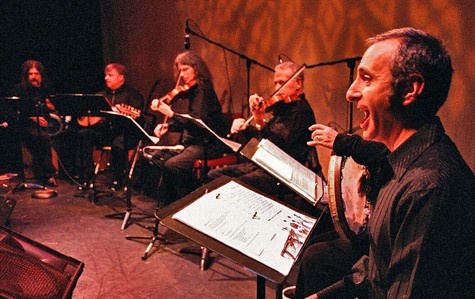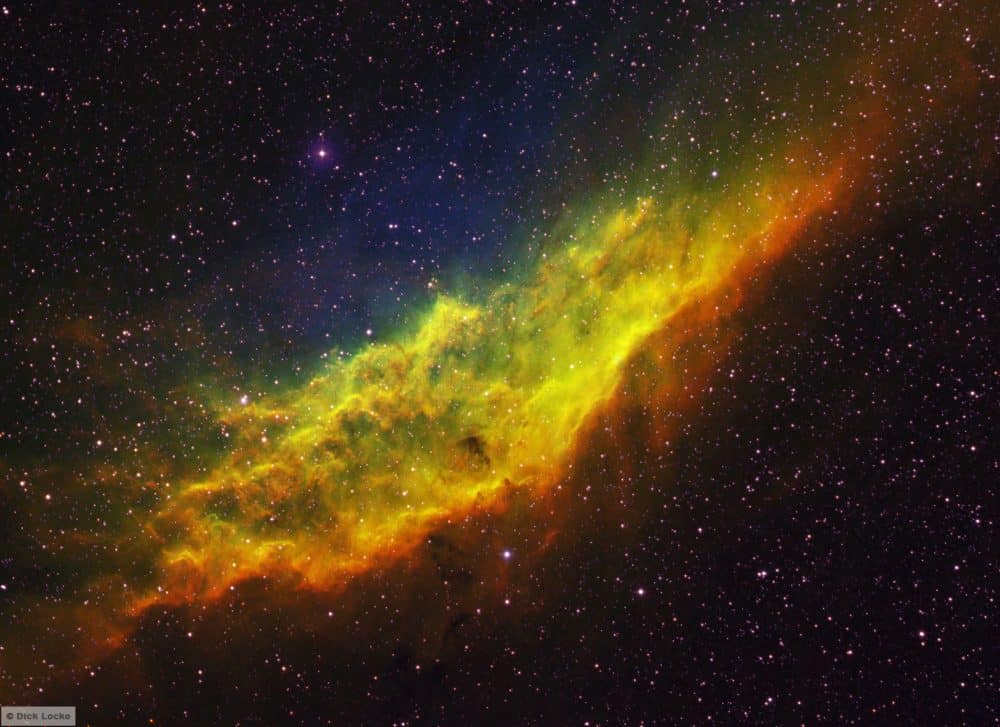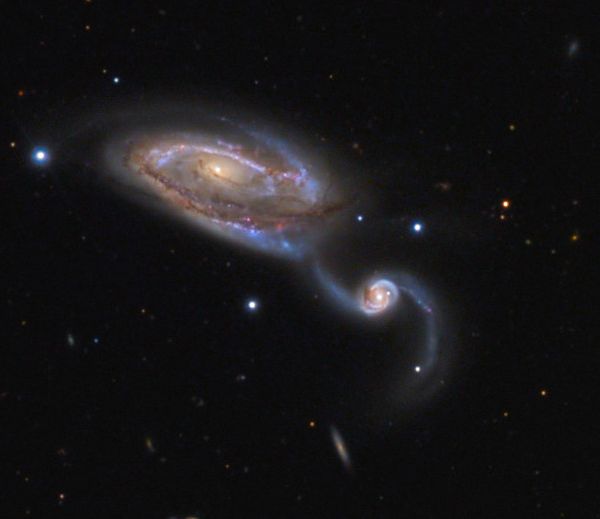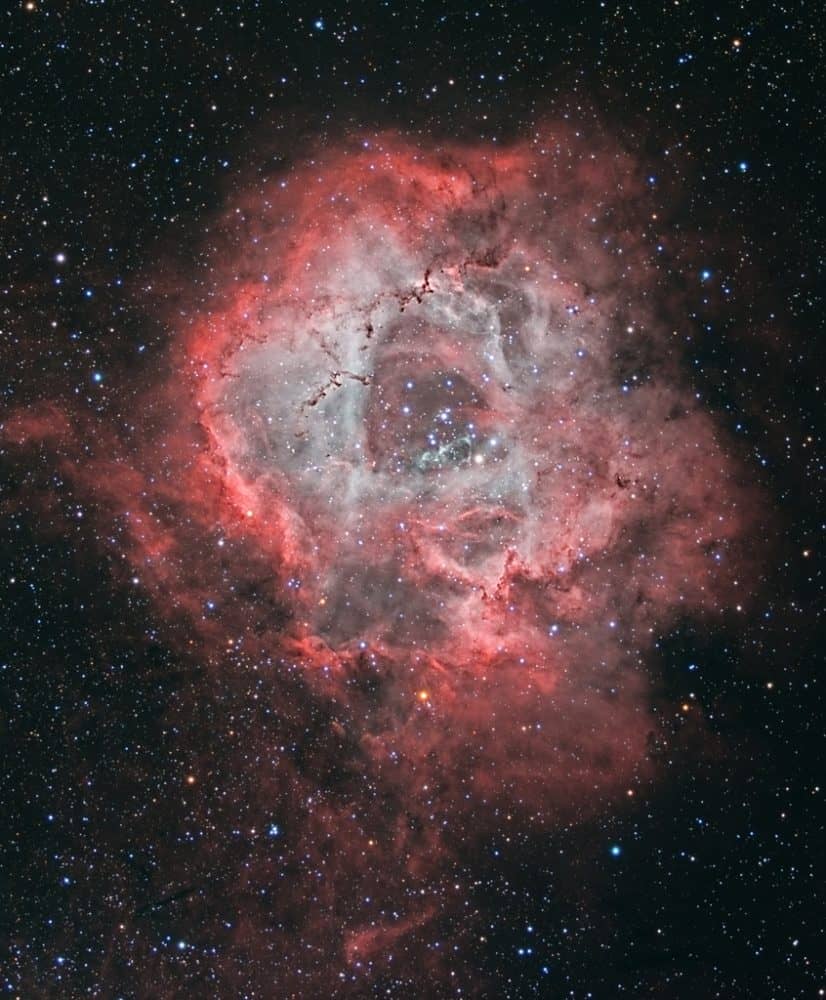Blog
Irving Herbert Pomeroy III (April 15, 1930 – August 11, 2007) was a jazz trumpeter, teacher, and the founder of the MIT Festival Jazz Ensemble. Pomeroy began playing trumpet at an early age. In his early teens he started performing in Boston, claiming inspiration from the music of Louis Armstrong. In 1946, at the age of 16, he became a member of the Musicians Union in Gloucester after the union did not have enough members to conduct a meeting. He studied dentistry at Harvard University for a year but dropped out to pursue his jazz career.
After high school, he studied music from 1950 to 1952 at the Schillinger House in Boston. Remaining in Boston, he played with Charlie Parker for one week in 1953, then briefly with Charlie Mariano before going on tour with Lionel Hampton and Stan Kenton. Back in Boston, he played with Serge Chaloff and was hired to teach at Schillinger after it had been renamed Berklee School of Music. During the latter part of the 1950s he was the leader of a sixteen-piece band which included Mariano, Bill Berry, Jaki Byard, Joe Gordon, and Boots Mussulli. For two years after that, he led another band, which included Alan Dawson, Hal Galper, Michael Gibbs, Dusko Goykovich, and Sam Rivers. He worked in pit orchestras for Broadway shows passing through Boston. Beginning in 1963 he led bands at the Massachusetts Institute of Technology. He led a band until 1993, two years before retiring from Berklee.
more...Sir Neville Marriner, CH, CBE (15 April 1924 – 2 October 2016) was an English violinist who became “one of the world’s greatest conductors“. He founded the Academy of St Martin in the Fields, and his partnership with them is the most recorded of any orchestra and conductor. Marriner was born in Lincoln, England, the son of Herbert Marriner, a carpenter, and his wife Ethel (née Roberts). He was educated at Lincoln School (then a grammar school), where he played in a jazz band with the composer Steve Race. He initially learned the violin as well as the piano from his father, and later studied the violin with Frederick Mountney. In 1939, he went to the Royal College of Music in London, getting the opportunity to play among the second violins of the London Symphony Orchestra, then conducted by Henry Wood, because many of its members had joined up after the outbreak of the Second World War. He joined up himself in 1941, serving in a reconnaissance role in the British Army, but was invalided out in 1943 with kidney problems. He returned to the Royal College, where he continued his studies with the violinist Billy Reed. He then attended the Paris Conservatoire, where he studied with the violinist René Benedetti.
Marriner was briefly a music teacher at Eton College. In 1948, he became a professor of the Royal College of Music. In 1948 or 1949, he took up the position of second violinist of the Martin String Quartet, continuing to play with the quartet for 13 years. He had met the harpsichordist Thurston Dart while recuperating from kidney damage during the war, and they formed a duo together, which expanded to the Virtuoso String Trio with Peter Gibbs. These were the precursors to Dart’s Jacobean Ensemble, in which Marriner played from 1951. He played the violin in two London orchestras: the Philharmonia Orchestra in the early 1950s, and the London Symphony Orchestra (LSO) as principal second violin (1954–69). He also played with the chamberorchestras of Reginald Jacques and Boyd Neel, as well as the London Mozart Players.
more...Richard Davis (born April 15, 1930) is an American jazz bassist. Among his most famous contributions to the albums of others are Eric Dolphy‘s Out to Lunch!, Andrew Hill‘s Point of Departure, and Van Morrison‘s Astral Weeks, of which critic Greil Marcus wrote (in The Rolling Stone Illustrated History of Rock and Roll), “Richard Davis provided the greatest bass ever heard on a rock album.”Born in Chicago, Davis began his musical career with his brothers, singing bass in his family’s vocal trio.[1] He studied double bass in high school with his music theory teacher and band director, Walter Dyett. He was a member of Chicago Youth Symphony Orchestras (then known as the Youth Orchestra of Greater Chicago) and played in the orchestra’s first performance at Chicago’s Orchestra Hall on November 14, 1947. After high school, he studied double bass with Rudolf Fahsbender of the Chicago Symphony Orchestra while attending VanderCook College of Music.
After college, Davis performed in dance bands. The connections he made led him to pianist Don Shirley. In 1954 he and Shirley moved to New York City and performed together until 1956, when Davis began playing with the Sauter-Finegan Orchestra. In 1957, he became part of Sarah Vaughan‘s rhythm section, touring and recording with her until 1960.
During the 1960s, Davis was in demand in a variety of musical circles. He worked with many of the small jazz groups of the time, including those led by Eric Dolphy, Jaki Byard, Booker Ervin, Andrew Hill, Elvin Jones, and Cal Tjader. From 1966–1972, he was a member of The Thad Jones/Mel Lewis Orchestra. He has also played with Don Sebesky, Oliver Nelson, Frank Sinatra, Miles Davis, Dexter Gordon, and Ahmad Jamal.
https://www.youtube.com/watch?v=96IUcUIy0IY
more...POSITIVE VIBRATIONS performing 3 weeks from today at the 45th Annual MAYDAY PARADE, CEREMONY & FESTIVAL
Sunday May 5th 6pm
Roots Reggae sensation POSITIVE VIBRATIONS will be performing in the grass at the Ceremony Site for this years Mayday following the Ceremony Performance.
Featuring Van Nixon, Todd Matheson, Larry McCabe, Paul Strickland, Onesmo Kibira, Tim Siefkes and mick “Bamboula” laBriola.
https://www.youtube.com/watch?v=f_hgqJCrtN8
BEAU KOO JACKS performing 3 weeks from today at the
45th Annual MAYDAY PARADE, CEREMONY & FESTIVAL
Sunday May 5th 5pm
New Orleans extravaganza BEAU KOO JACKS will be performing in the grass at the Ceremony Site for this years Mayday following the Ceremony Performance.
Featuring Van Nixon, Jamie Carter, Todd Matheson, Larry McCabe, Paul Strickland, Art Haynes, Tim Siefkes and mick “Bamboula” laBriola.
VOICES OF SEPHARAD
Easter Weeks Maundy Thursday April 18th 5:30pm
Westminster Presbyterian Church
with David Harris, David Burk and mick laBriola
https://www.youtube.com/watch?v=kPHvZQhpFIY
The California Nebula (NGC 1499) is an emission nebula located in the constellation Perseus. It is so named because it appears to resemble the outline of the US State of California on long exposure photographs. It is almost 2.5° long on the sky and, because of its very low surface brightness, it is extremely difficult to observe visually. It can be observed with a Hβ filter (isolates the Hβ line at 486 nm) in a rich-field telescope under dark skies. It lies at a distance of about 1,000 light years from Earth. Its fluorescence is due to excitation of the Hβ line in the nebula by the nearby prodigiously energetic O7 star, xi Persei
The California Nebula was discovered by E. E. Barnard in 1884.
Sporting over 8 hours total exposure, the California Nebula picture above uses the popular “Hubble Palette” of colors (Red = SII, G = Ha, B = O3). Equipment: SBIG ST-8300 CCD camera with the FW8-8300 filter wheel, Astrodon narrowband 36mm filters, the Takahashi FSQ-85 telescope with reducer, AP 900GTO mount. I used MaximDL to acquire and process flat and dark frames, Registar to align, Photoshop CS5 with a little HDR toning to process from there. Other narrowband pictures with this combination, and more info, are at this link. Other astronomy pictures from the Fall 2011 trip are here.
The narrowband pictures are composed of 27*5 unbinned Ha Frames, 37*5 minute O3 frames (2x bin), and 39*4 (2xbin) Si2 frames.
more...Eugene “Jug” Ammons (April 14, 1925 – August 6, 1974), also known as “The Boss”, was an American jazz tenor saxophonist.The son of boogie-woogie pianist Albert Ammons, Gene Ammons is remembered for his accessible music, steeped in soul and R&B. Born in Chicago, Illinois, Ammons studied music with instructor Walter Dyett at DuSable High School. Ammons began to gain recognition while still at high school when in 1943, at the age of 18, he went on the road with trumpeter King Kolax‘s band. In 1944 he joined the band of Billy Eckstine (who bestowed on him the nickname “Jug” when straw hats ordered for the band did not fit), playing alongside Charlie Parker and later Dexter Gordon. Notable performances from this period include “Blowin’ the Blues Away,” featuring a saxophone duel between Ammons and Gordon. After 1947, when Eckstine became a solo performer, Ammons then led a group, including Miles Davis and Sonny Stitt, that performed at Chicago’s Jumptown Club. In 1949 Ammons replaced Stan Getz as a member of Woody Herman‘s Second Herd, and then in 1950 formed a duet with Sonny Stitt.
Pakistan’s Asad Qizilbash on sarod, Tibet’s Dolma Renqingi on vocals, Syria’s Fakher Madallal on vocals and percussion, Tibet’s Kelsang Hula on dramyen and vocals, Afghanistan’s Mohammad Aman Yusufi on dambura and vocals, Belgium’s Simon Leleux on oriental percussion, Iraq’s Souhad Najem on qanun, Syria’s Tamman Al Ramadan on ney, Syria’s Tareq Alsayed Yahua on ud and Belgium’s Tristan Driessens on ud.
more...
NGC 5395 and 5394, together known as Arp 84 or the Heron Galaxy, are two interacting galaxies located just over 160 million light-years away from Earth in the small northern constellation of Canes Venatici (the Hunting Dogs). It takes little imagination to see a blue heron’s body, complete with neck, head and a beak reaching out to a nearby fish.
The larger, NGC 5395, is a somewhat elongated, nearly face-on spiral galaxy of about 140 thousand light-years across, located about 162 million light-years away from Earth, while it receding from us at approximately 3511 kilometers per second. NGC 5394, also face-on galaxy, is a barred spiral of about 90 thousand light-years across, located 161 million light-years away, while it is receding from us at approximately 3448 kilometers per second.
The main disk of NGC 5395, with a bright, elongated central region, is asymmetric and distorted due to interaction with its nearby companion NGC 5294. The dominant spiral arm of this two-armed spiral galaxy forms a large ring somewhat off center with respect to the nucleus. Obscuring dust lanes can be seen throughout the galaxy.
The smaller galaxy, NGC 5394, has an oval disk, two long, fairly symmetric, open tidal arms, and very bright inner spiral arms, disjoint from the outer tidal arms. Most of the gas in NGC 5394 is concentrated around the center, so is suitable for fueling the ongoing starburst in its center. Despite the presence of hydrogen gas, two of the three inner spiral arms of NGC 5394 show no evidence of ongoing star formation.
On June 25, 2000 the Type Ic supernova SN 2000cr was discovered in NGC 5395, northeast of the nucleus.
Types Ic (and Ib) supernovae are caused by the core collapse of massive stars and are usually referred to as stripped core-collapse supernovae. These stars have shed (or been stripped of) their outer envelope of hydrogen, and lack the absorption line of silicon. Compared to Type Ib, Type Ic supernovae have lost more of their initial envelope, including most of their helium.
more...John William Casady (born April 13, 1944) is an American bass guitarist, best known as a member of Jefferson Airplane and Hot Tuna. Jefferson Airplane became the first successful exponent of the San Francisco Sound. Their singles, including “Somebody to Love” and “White Rabbit“, had a more polished style than their other material, and successfully charted in 1967 and 1968. Casady, along with the other members of Jefferson Airplane, was inducted into the Rock and Roll Hall of Fame in 1996. Casady was born in Washington D.C., the son of Mary Virginia (née Quimby) and William Robert Casady. His father was of half Irish Protestant and half Polish Jewish ancestry. His mother was a relative of aviator Harriet Quimby; some of her family had been in North America since the 1600s.
Edwin “Eddie” Marshall (April 13, 1938 – September 7, 2011) was an American jazz drummer. Marshall was born in Springfield, Massachusetts. He played in his father’s swing group and in R&B bands while in high school. He moved to New York City in 1956, developing his percussion style under the influence of Max Roach and Art Blakey. Two years later he played in the quartet of Charlie Mariano and with Toshiko Akiyoshi; after two years’ service in the Army, he returned to play with Akiyoshi again in 1965. He worked with Mike Nock for a year in the house band of the New York nightclub The Dom, and also worked with Stan Getz and Sam Rivers, and accompanied Dionne Warwick on tours.
In 1967 he was a member of The Fourth Way, a fusion group which included Nock, Michael White, and Ron McClure. This group toured the San Francisco Bay Area through the early 1970s; after this Marshall played with Jon Hendricksand The Pointer Sisters.
Marshall was a member of the group Almanac with Bennie Maupin (flute, tenor saxophone), Cecil McBee (bass) and Mike Nock (piano). They released one album in 1977.
In the 1980s he worked in the project Bebop & Beyond, who recorded tribute albums to Dizzy Gillespie and Thelonious Monk.
more...Lawrence “Bud” Freeman (April 13, 1906 – March 15, 1991) was an American jazz musician, bandleader, and composer, known mainly for playing the tenor saxophone, but also able at the clarinet. He had a smooth and full tenor sax style with a heavy robust swing. He was one of the most influential and important jazz tenor saxophonists of the big band era. His major recordings were “The Eel”, “Tillie’s Downtown Now”, “Crazeology”, “The Buzzard”, and “After Awhile”, composed with Benny Goodman.
Freeman was born on April 13, 1906, in Chicago. In 1922, he and some friends from high school formed a jazz group, the Austin High School Gang, Freeman played the C melody saxophone alongside his other band members such as Jimmy McPartland and Frank Teschemacher before switching to tenor saxophone two years later. Influenced by artists like the New Orleans Rhythm Kings and Louis Armstrong from the South, they would begin to formulate their own style, becoming part of the emerging Chicago Style of jazz.
In 1927, he moved to New York, where he worked as a session musician and band member with Red Nichols, Roger Wolfe Kahn, Ben Pollack, Joe Venuti, among others. One of his most notable performances was a solo on Eddie Condon‘s 1933 recording, The Eel, which then became Freeman’s nickname (for his long snake-like improvisations). Freeman played with Tommy Dorsey’s Orchestra (1936–1938) as well as for a short time Benny Goodman‘s band in 1938 before forming his own band, the Summa Cum Laude Orchestra (1939–1940). Freeman joined the US Army during World War II, and headed a US Army band in the Aleutian Islands.
https://www.youtube.com/watch?v=dD9V9wB6ka4
more...https://www.youtube.com/watch?v=9ffTSqyzIM0
more...The Rosette Nebula, NGC 2237, is not the only cosmic cloud of gas and dust to evoke the imagery of flowers, but it is the most famous. At the edge of a large molecular cloud in Monoceros some 5,000 light years away, the petals of this cosmic rose are actually a stellar nursery. The lovely, symmetric shape is sculpted by the winds and radiation from its central cluster of hot young, O-type stars. Stars in the energetic cluster, cataloged as NGC 2244, are only a few million years young, while the central cavity in the Rosette Nebula, is about 50 light-years in diameter. The nebula can be seen with a small telescope toward the constellation ofMonoceros, the Unicorn. This natural appearing telescopic portrait of the Rosette Nebula was made using broadband and narrowband filters, because sometimes roses aren’t red.
more...More Posts
- World Music Trio Mandili
- Daily Roots Mystical Vibes
- Snow & Ice on the Mississippi
- Little Shop of Horrors 2025
- Aynsley Dunbar
- Power to the People
- Temple Israel Service
- Cosmo Barnard 209
- Rod Stewart
- Jim Croce
- Mike Stern
- Max Roach
- Flamenco Fridays Camarón por Tarantos con Tomatito
- Daily Roots Earl Linda
- Anais Nin Illusion
- Langston Hughes TRIED
- Cosmo Arp 273
- Jimmy Page
- Joan Baez
- Bucky Pizzarelli




